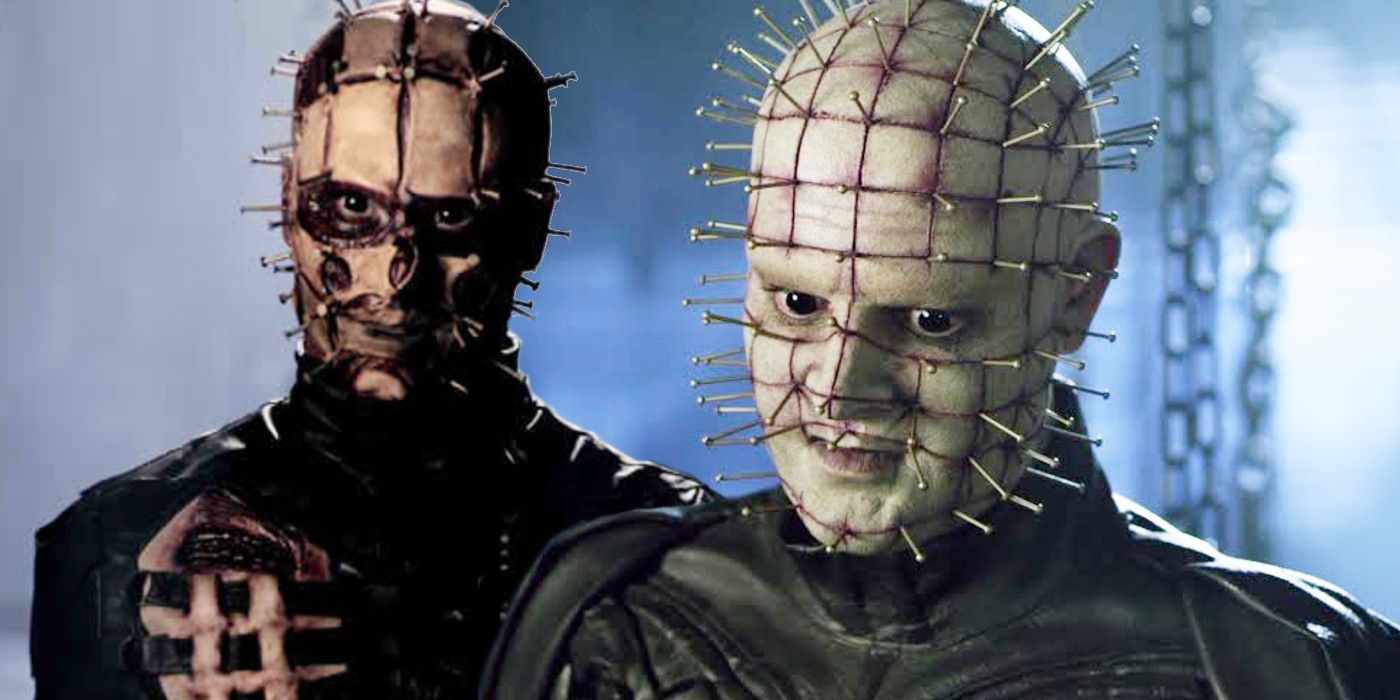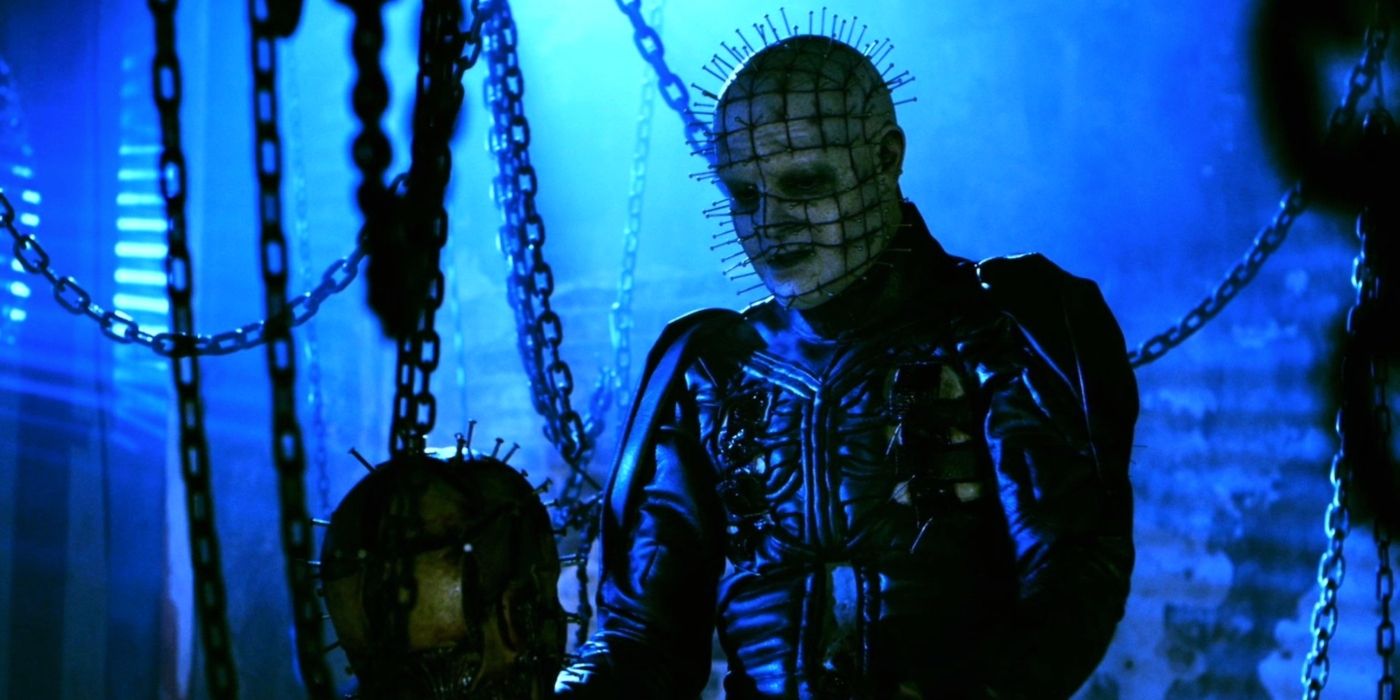Hellraiser: Revelations’ attempts to update Pinhead’s classic design just didn't work, only managing to get further away from Clive Barker’s original intention with the haunting character. Clive Barker is a legendary name in the horror genre and he’s responsible for several iconic horror properties like Candyman, Nightbreed, and Hellraiser. In many ways it’s Hellraiser that’s the most emblematic of Barker’s sensibilities as a writer as it eloquently explores the fluid nature between pain and pleasure.
The moralistic ideas that are addressed in the Hellraiser movies helped the films separate themselves from many other horror franchises of the 1980s, which featured excessive acts of brutality but little substance behind them. The Hellraiser movies have also been able to build such a legacy for themselves because, in addition to their strong thematic messages, there’s also a highly memorable antagonist in the form of Pinhead and his evil Cenobites.
2011’s Hellraiser: Revelations involves two college students who mistakenly summon Pinhead while on vacation in Mexico. There’s an incredibly sparse plot in comparison to the world-building that’s done in the first handful of Hellraiser films. As the ninth movie in the franchise, it's also the first entry where Doug Bradley didn’t reprise his role as Pinhead. Pinhead is instead portrayed by Stephan Smith Collins, with Fred Tatasciore providing the character’s voice, kicking off the trend of new Pinhead actors in Hellraiser. Hellraiser: Revelations’ interpretation of Pinhead did more than just change the actor, it missed the point of Clive Barker's original intent entirely.
The biggest change to Pinhead in Hellraiser: Revelations is that his look was made to be more intense, with rougher nails replacing the previous slender pins and more painful looking discoloration in the entry points. The introduction of the far gorier Pseudo Pinhead, a separate Cenobite disciple with flayed skin pinned to his skull seemingly in honor of his master also allowed for an even gorier version of the character to co-exist with the original. The intention was to help Pinhead regain his nightmarish power and reverse his controversial transformation over the years into just being a device for quippy one-liners. This fresh update got people’s attention, but ultimately, Pinhead's redesign and the appropriation of it for Pseudo was antithetical to not just the character, but to Clive Barker as a whole. As a horror author, Barker has always purposefully blurred the lines between ugly and beautiful. There’s supposed to be an elegant artistry to the Cenobite and it’s why Barker has always hated the unrefined nickname of Pinhead, preferring to refer to his creation as the Hell Priest.
Hellraiser: Revelations' aggressive update of the original Pinhead look struggles to achieve this idea of refined malevolence, opting instead for blunt brutality. Clive Barker’s initial Pinhead design pulled from an eclectic mix of influences such as punk fashion, S&M culture, and Catholicism, creating a look that wasn't primitive or coarse, but darkly elegant. The shocking contrast of Pinhead’s restrained design with his sadistic desires is exactly what's made it such an effective design for so long. It’s also significant to note that at this point the Hellraiser films had already introduced a female Cenobite ruler, Angelique, as an opposing demonic figure to Pinhead. Angelique’s design is more grotesque and explicit, which leaves even less of a reason to change Pinhead’s design since Angelique fills that role. Removing the contrast between Pinhead's design and his intentions negates what makes him unique.
Hellraiser: Revelations’ redesign of Pinhead’s look was frustrating. Though, while Revelations missed the point with its reinterpretation of Pinhead, it's at least an attempt that came from a place of ambition and wanting to disturb audiences. The look may be misguided and a little manipulative, but it never comes across as cheap or lazy. Still, the previous Pinhead designs displayed a confidence in their more minimalist approaches that was absent in Hellraiser: Revelations, and is sadly reflective of the growing decline of the series overall.


